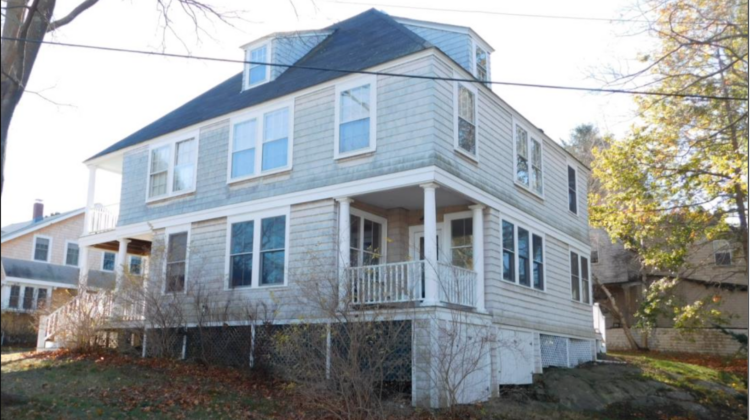The cottage at 3 Ticehurst Lane is Very.
No, that is not a typo, and there is nothing left out of the previous sentence.
3 Ticehurst Lane is also known as the Very-Whittem Cottage. Built around 1908, according to a document in the Massachusetts Cultural Resource Information System (MACRIS), 3 Ticehurst was first occupied by its namesake, Nathaniel Augustus Very and his son George Francis, during the 1908 vacation season.
Very was not a Marbleheader, but did not come from too far away. He was from Salem, and his residence at 16 Buffum St. is a mere 15 – 20 minute drive away from the cottage – on today’s roads and in today’s cars, of course.
The MACRIS document states that Very was the Superintendent at the Salem Lab, which stood at the intersection of Foster and Walter streets in Salem, and manufactured chemicals. He also worked in a variety of roles in the Salem City government, like “a member of the Common Council” and “Treasurer and Collector of Taxes for the city.”
Very’s son, George Francis, worked at Boston banks and married twice. George Francis’ second wife was Mabel Sanborn Merritt, the daughter of the owner of Clifton Heights, David Merritt.
Clifton Heights is a neighborhood that still exists today close to the Marblehead-Swampscott line.

According to a Historic Properties Survey by Neil Larson & Associates, “Land use in Clifton Heights made the transition from agriculture to summer tourism in the mid-19th century when farmers began leasing land for colonies on the ocean shoreline.” The tourism industry was also boosted by developments in transportation accessibility from and outside of Boston.
Clifton Heights was also the land on which the cottage was built. The MACRIS document theorizes that David Merritt, a businessman from Salem, likely set up his daughter with George Francis. The author also suggests that the daughter and son’s marriage was the reason the Verys were able to occupy the cottage.
In 1910, three years before Nathaniel Very’s death, Merritt sold the cottage to two Somerville women, Mary F. Lincoln and Jeannie W. Hemenway.
In 1917, Hemenway sold the property to Cambridge’s Ellen Huntington Whittem. Whittem’s husband Arthur was a Harvard professor and director of the Harvard Summer School, and later became the Chairman of Commission on Extension Courses and Director of the University Extension at Harvard University. It is after this pair that the cottage gets the second part of its hyphenated name.
The Clifton Heights Cottage Colony, part of the larger Clifton Heights neighborhood, and in particular the cottage at 3 Ticehurst Lane has a lot of historic Merritt. So, I hope that you found the story of this historic building Very interesting.

